The Madison River begins at the confluence of the Gibbon and Firehole Rivers in Yellowstone and flows through approximately 183 miles of mountain-framed vistas before arriving at Three Forks—a meeting of the Jefferson, Gallatin, and Madison Rivers that marks the headwaters of the Missouri River.
The Upper Madison, stretching from Quake Lake to Ennis, is open to fishing year-round. A smaller section from Reynolds Pass Bridge to Lyons Bridge is wade-only fishing; you can float this section, but you can’t fish from the boat. Whether wading or floating, the Upper Madison offers boundless opportunities for wrangling large trout and taking in the rugged beauty that western Montana is known for.
Walk-Wade Fishing
When fishing the wade section, we prefer to park at Reynolds Pass or 3-Dollar Bridge (named for the historic $3 parking fee that is now voluntary, we used to call it Pay Bridge). From there, we like to take our time walking the river, investigating all the pocket water along the way rather than floating from one spot to the next. Pay particularly close attention to the water right along the bank. We have a saying for this section: “If you are standing in the water, you're standing on the fish.” With all that said, our kit for wading the Upper Madison begins with a backpack to carry snacks, beverages, sunscreen, and rain gear; if you’re walk-wading, you’ll likely be putting in some miles. Our advice? Come prepared.
Our gear list also includes a trusty 5wt fly rod for nymphing and dries (when the opportunity arises). That said, many of our friends prefer a 6wt for a little extra “beef” when stripping streamers. Make sure you have a good supply of 5X mono and fluoro, fly floatant, strike indicators, and some nontoxic split shots.
There’s a lot of good fly shops in the area, so don’t forget to drop in and get the local update on what the fish are biting. Our fly boxes will typically have a mix of Shop Vacs, Prince Nymphs, Pheasant Tails, Serendipities, and Copper Johns for nymphing. Dries will include Parachute Adams, Elk Hair Caddis, Griffiths Gnats, Yellow Sallys, hoppers, and salmon flies, though these depend on the time of the year.
Float Fishing
As mentioned above, you can float the wade-only section, but you’ll need to get out and wade whenever you want to fish. This will make it difficult to do justice to all of the superb pocket water in this stretch of river. If you want to float, consider putting in at Lyons Bridge or somewhere downstream. You’ll want most of the same flies used in the wade section, but keep in mind that fishing from a boat gives you more opportunities to extend your drift over primo water. We like to take advantage of this when fishing large dries like hoppers and salmon flies. You can also bring some large stonefly patterns in the boat to throw at the bank and extend that drift as much as possible.
Adventure on the Madison
The Madison River offers big trout, technical water, and breathtaking Big Sky scenery. Living up to its distinction as a world-class fly fishing destination, there is no shortage of adventure to be found here. If you have an extra day in the area for exploring farther afield, remember to pack some hiking boots. The Tobacco Root Mountains, Lee Metcalf Wilderness Area, Madison Range, Gravelly Range, and (of course) Yellowstone National Park are all within a stone’s throw and offer plenty of hiking, small stream fishing, gorgeous views, and solitude. Want an evening of relaxation? Remember your swim suit and consider visiting Norris Hot Springs or attending a Vaudeville show in the historic mining town of Virginia City. We hope this brief guide helps you prepare for your trip to the Upper Madison. Have fun out there!
Thoughts? Questions? Stories from the Upper Madison? Leave them in the comments below!
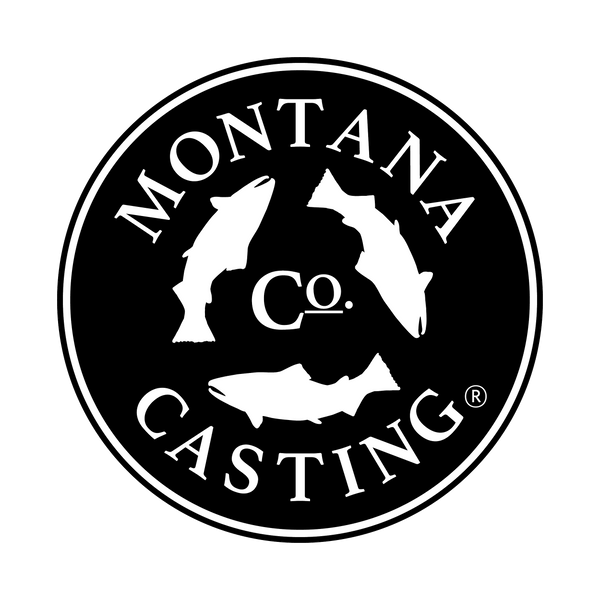
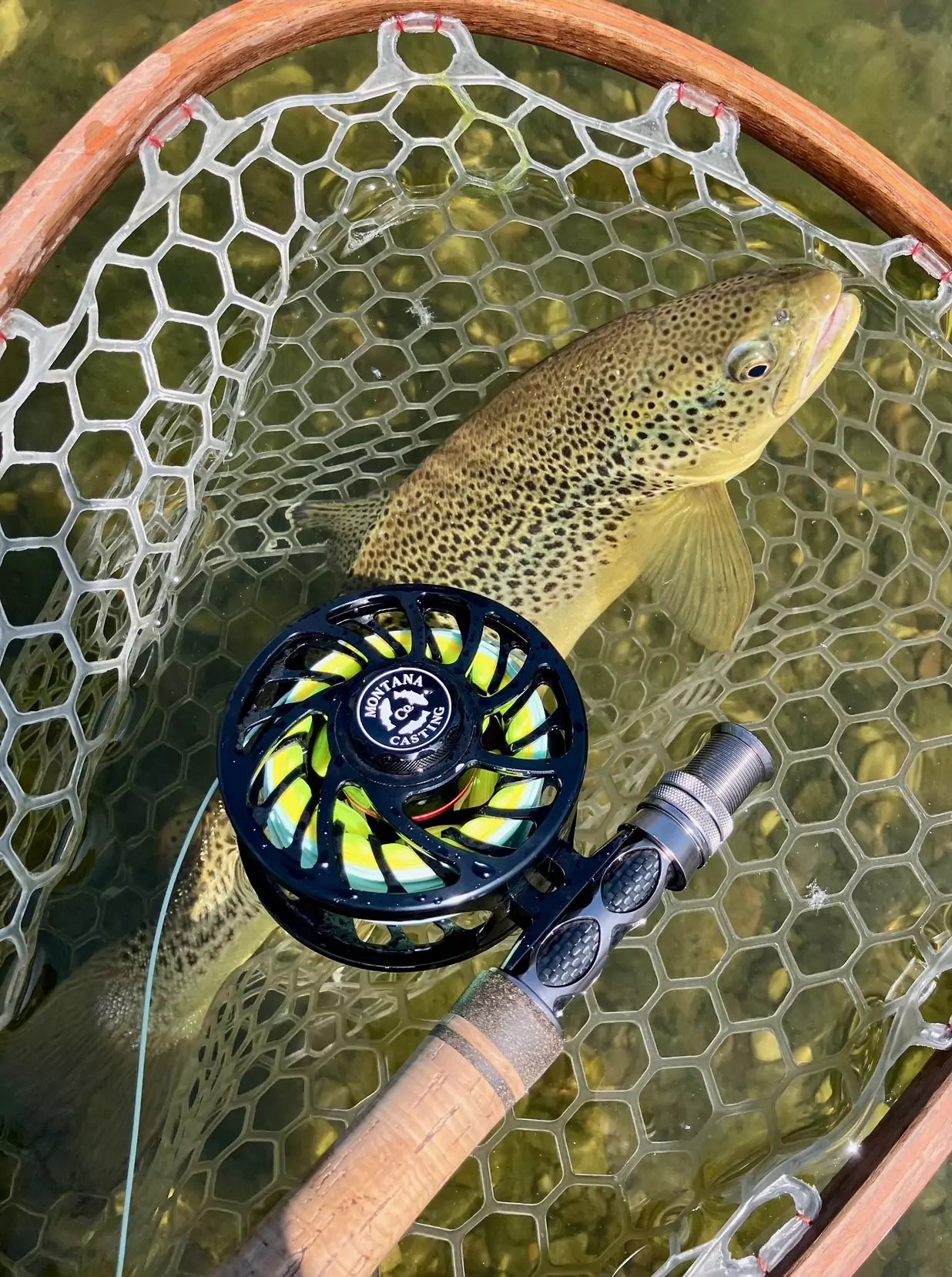

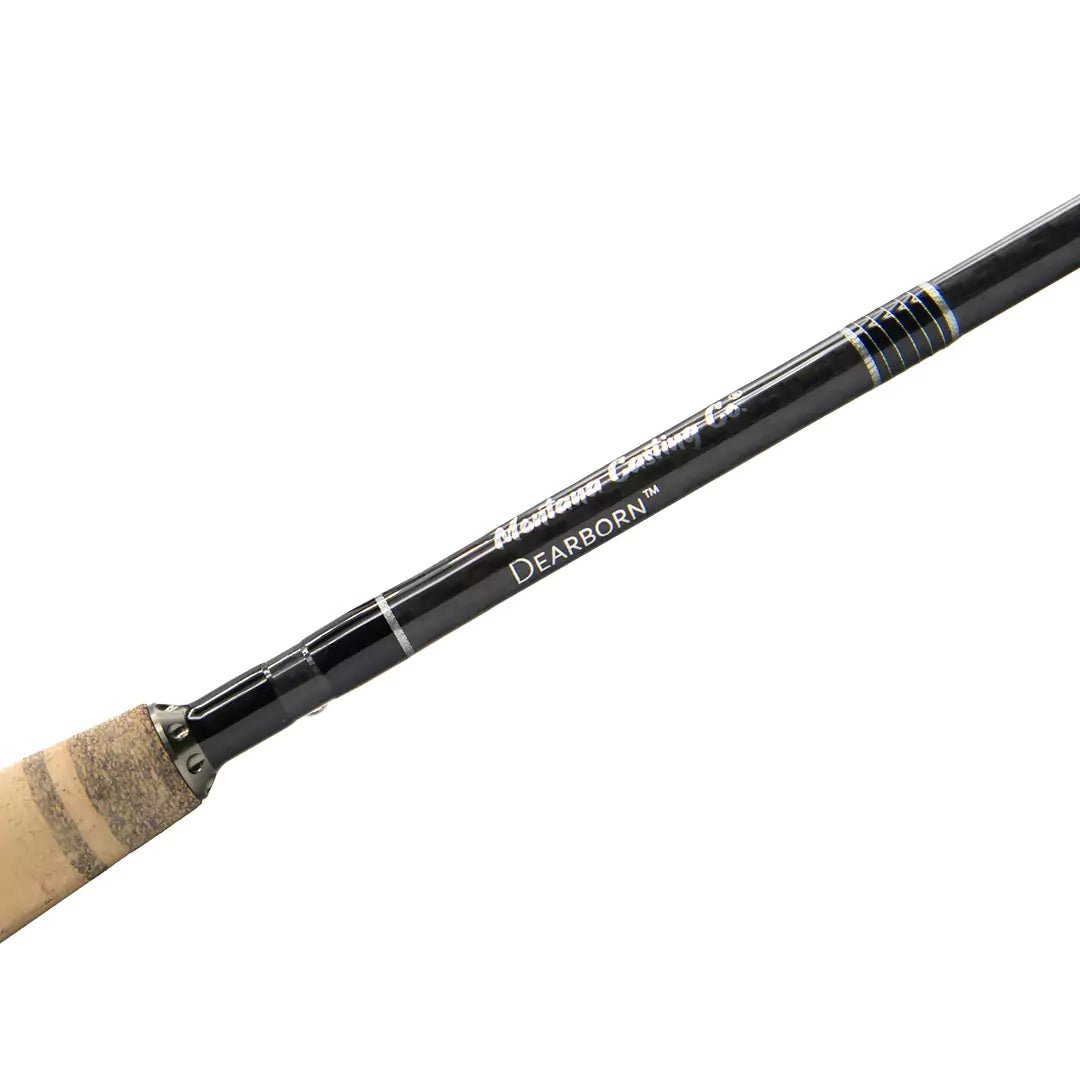
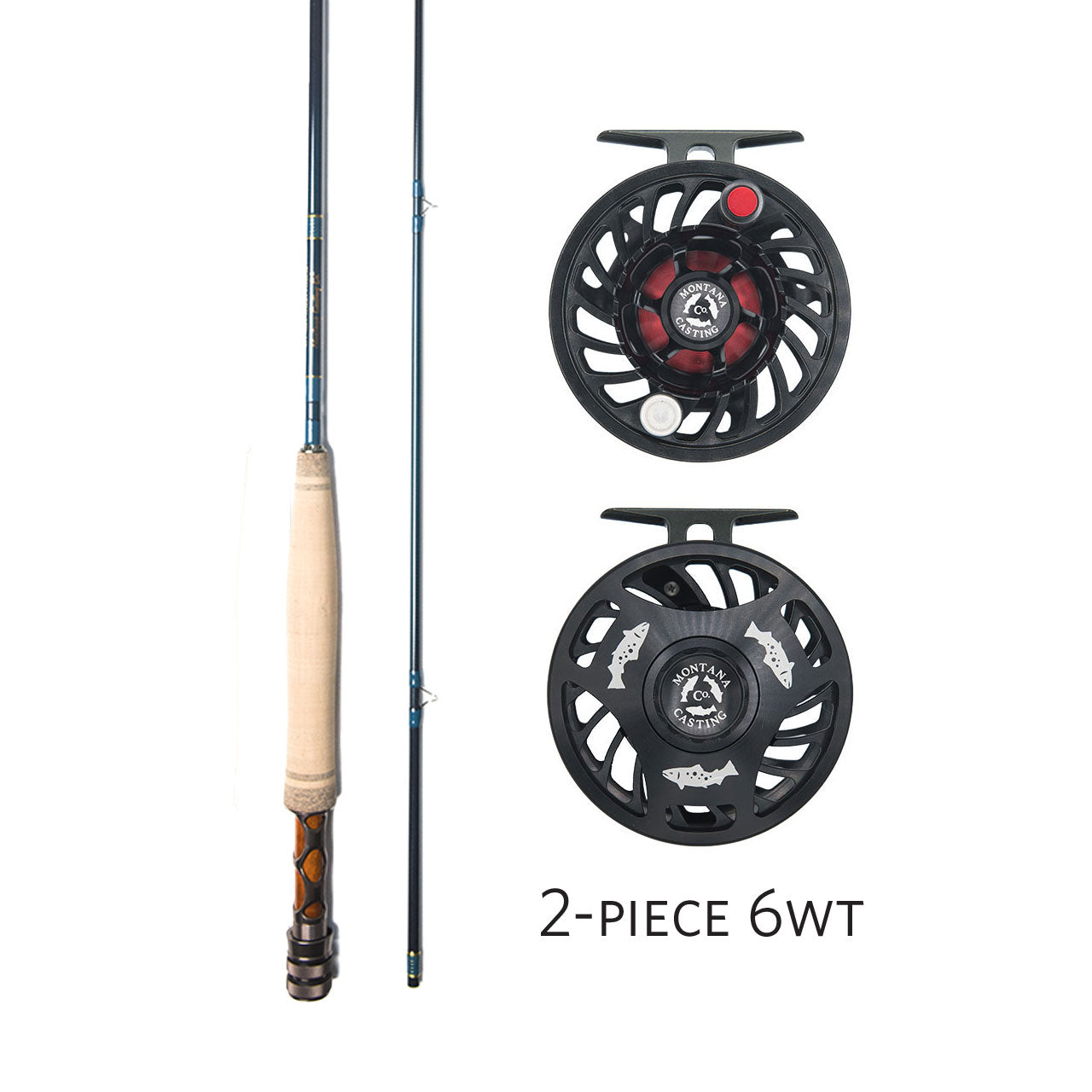
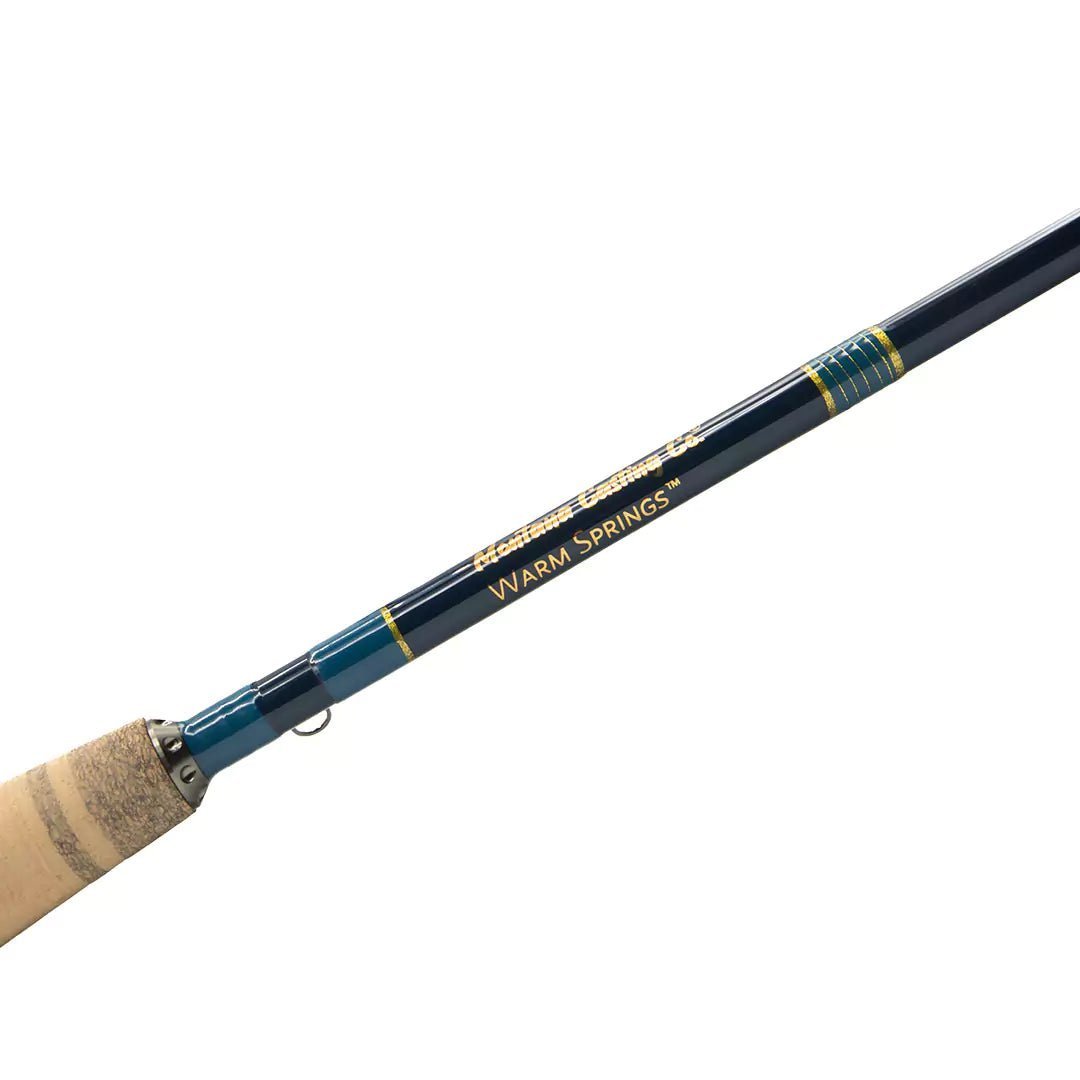

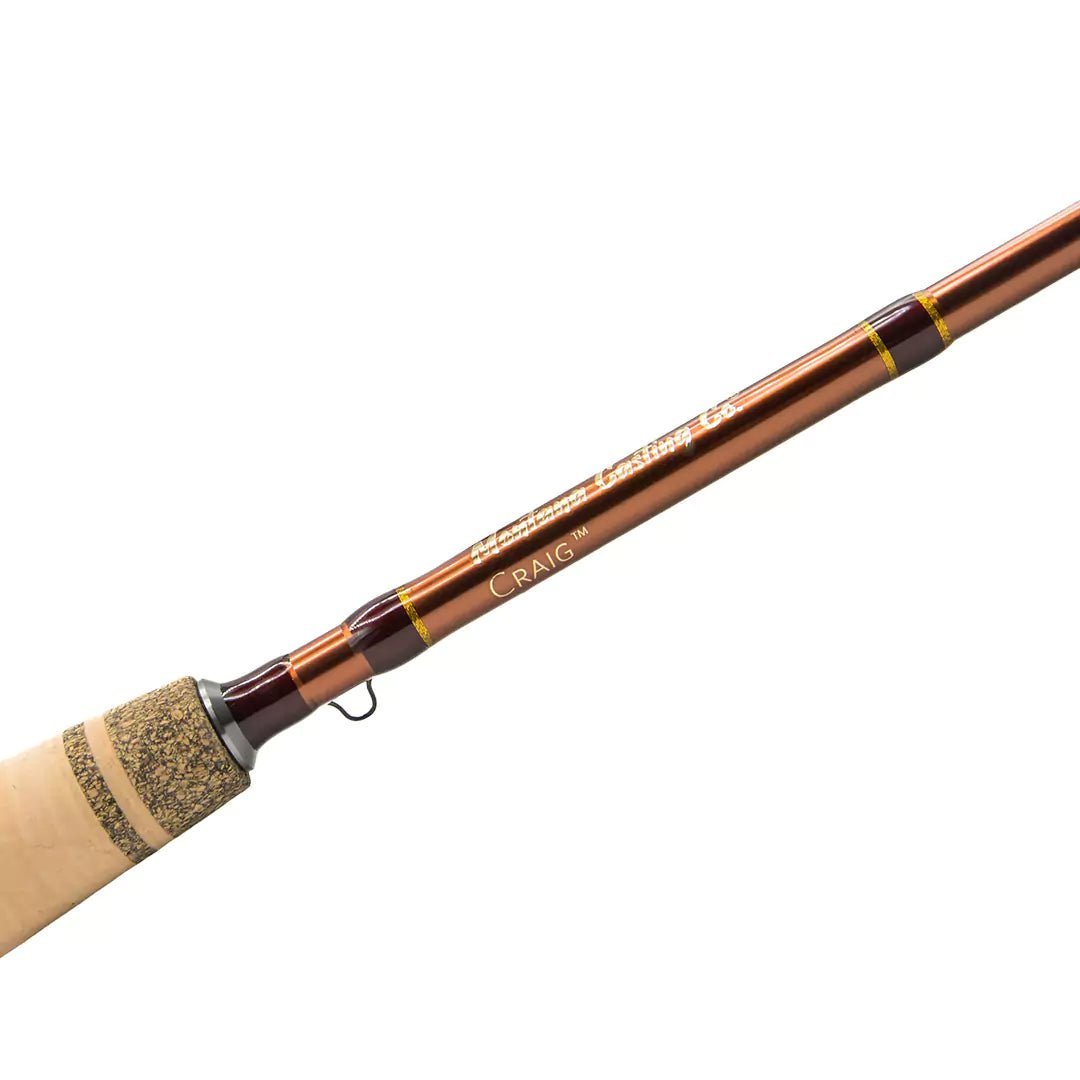
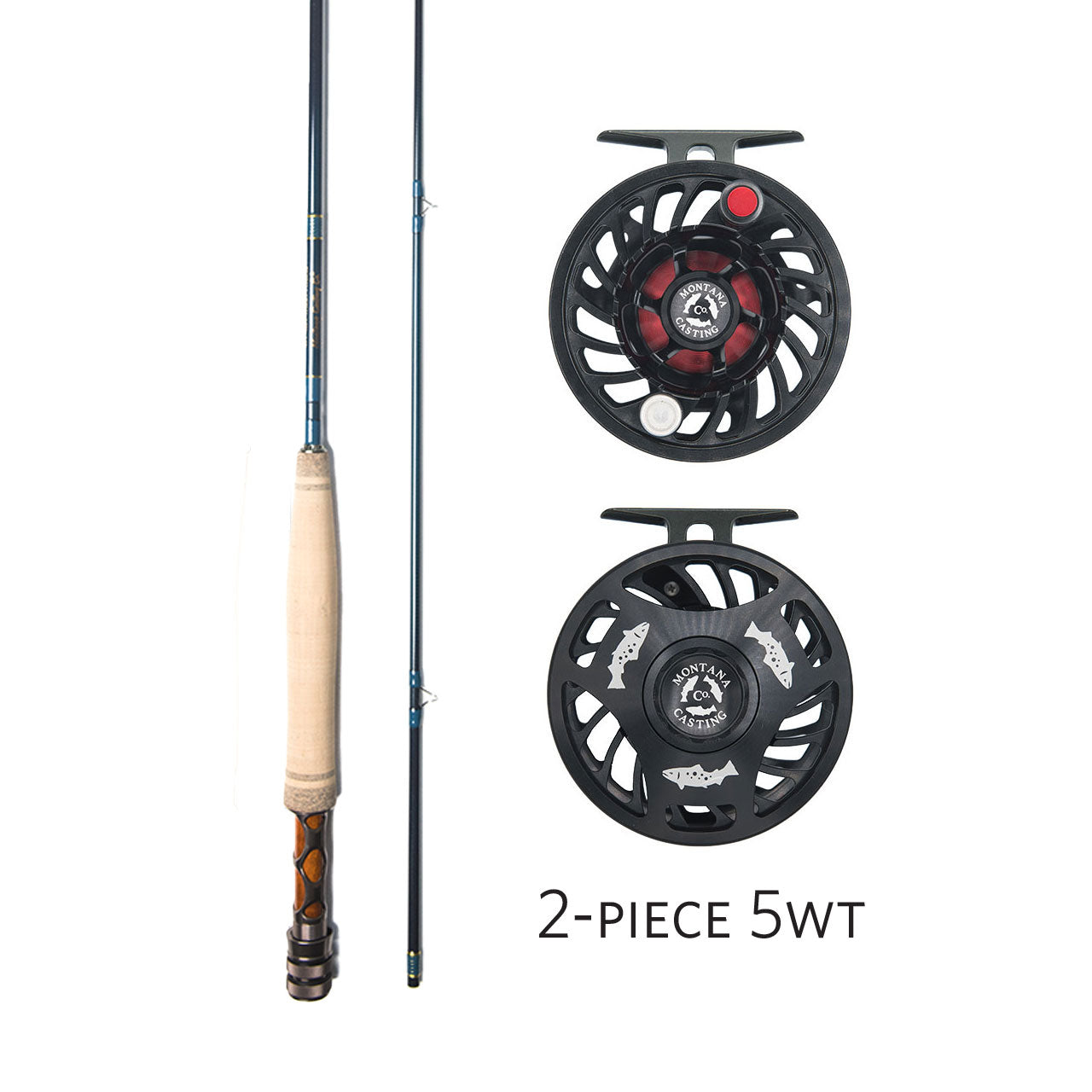
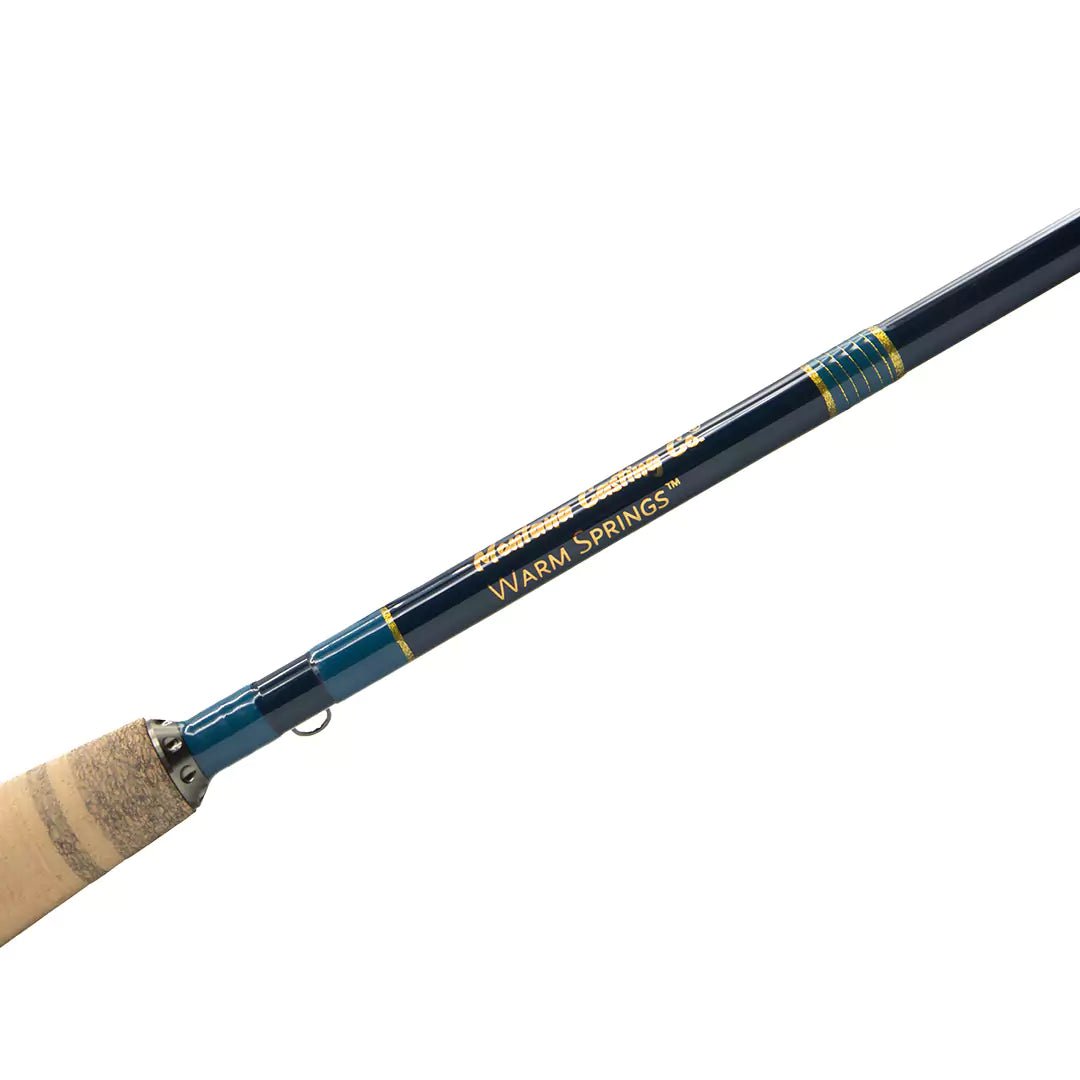
0 comments